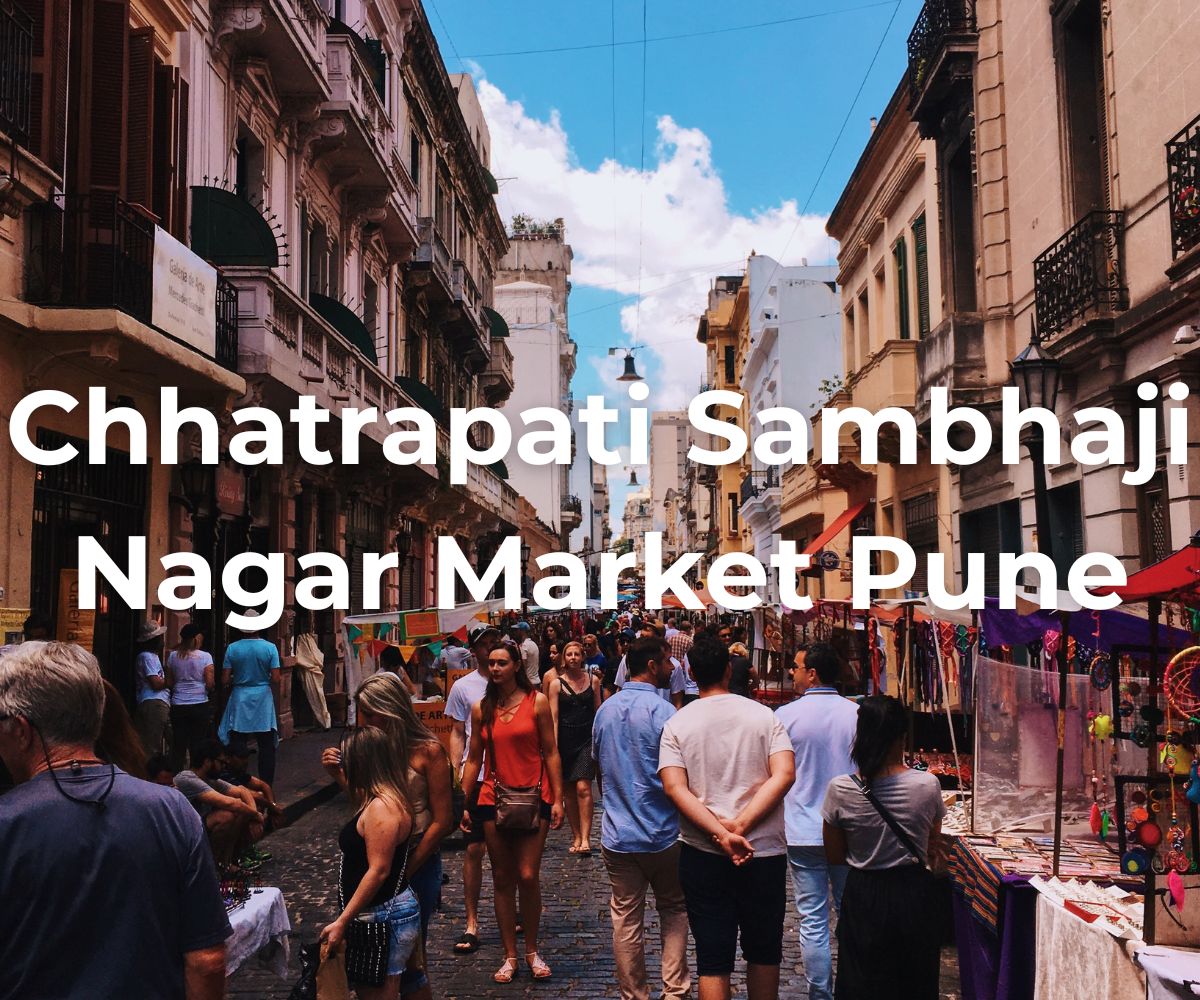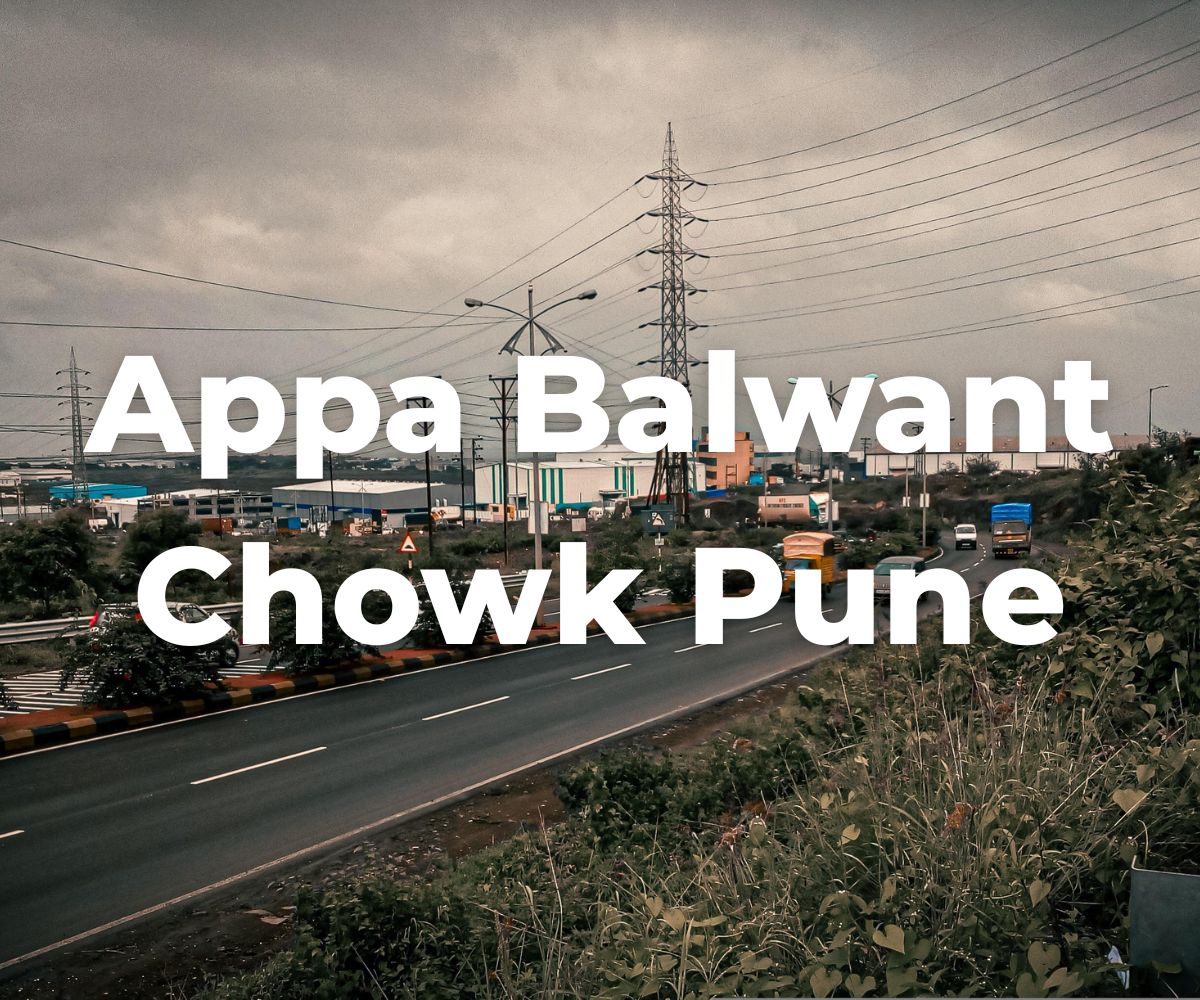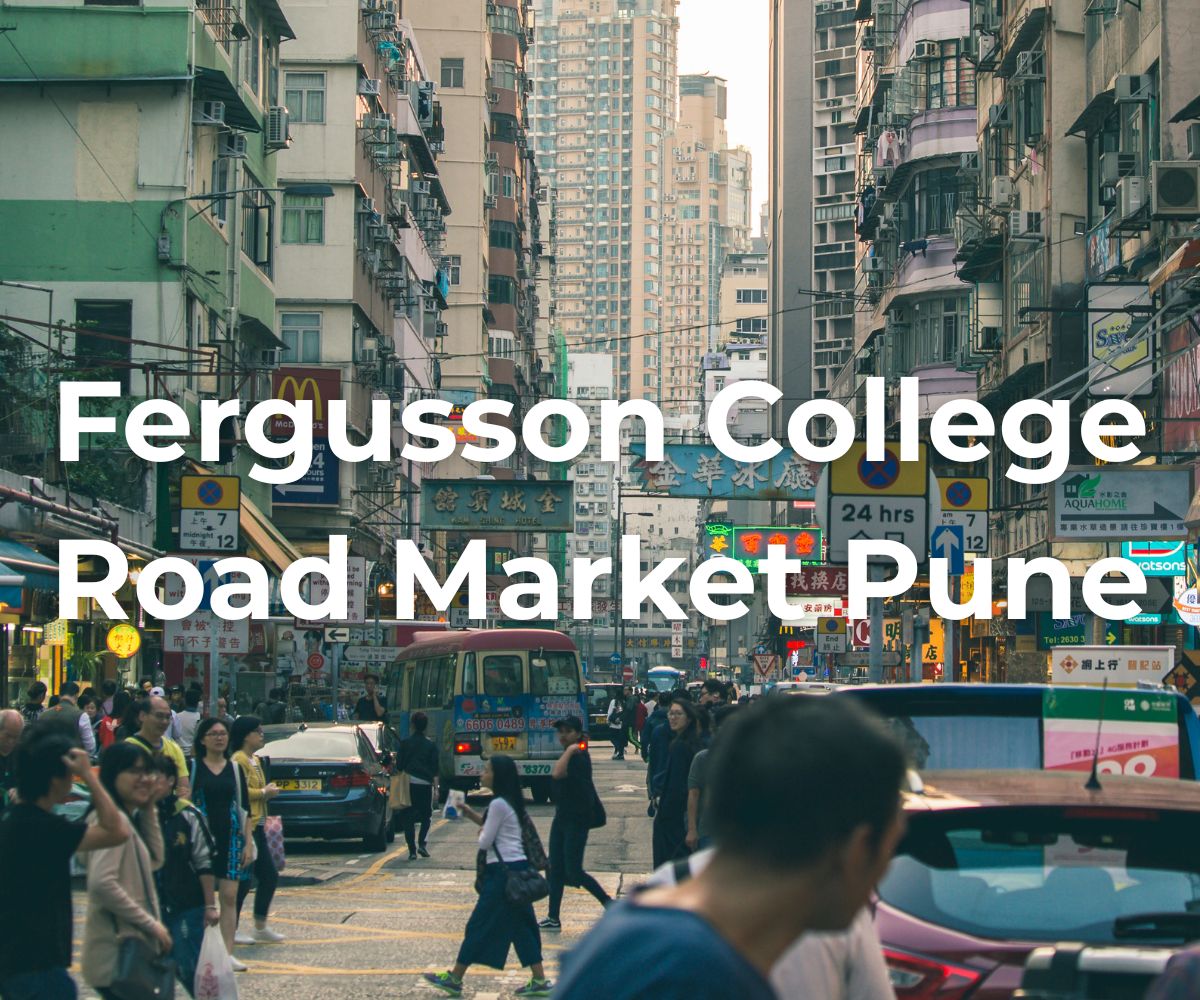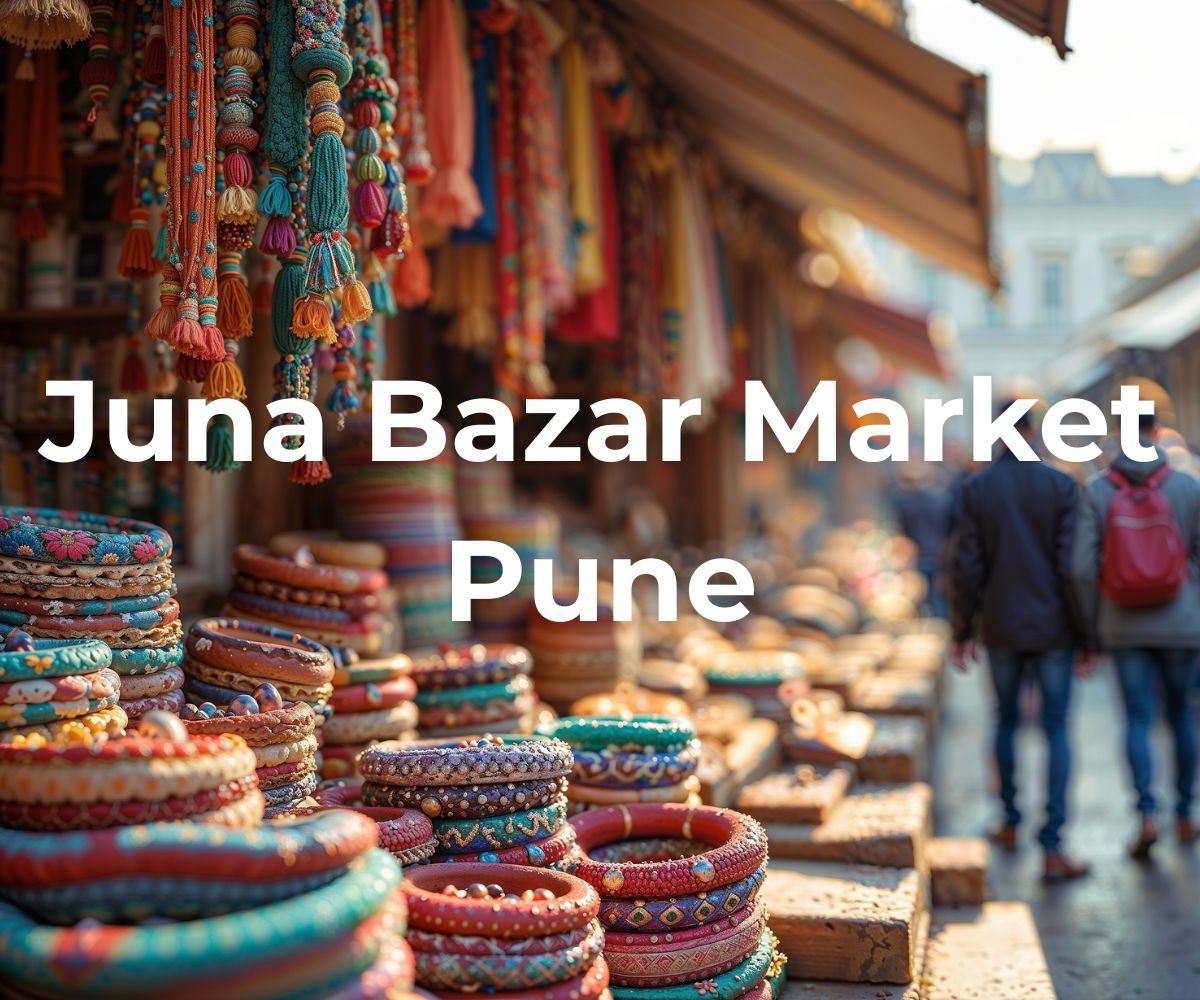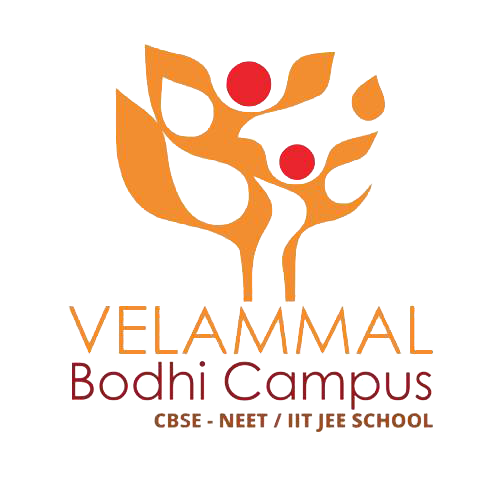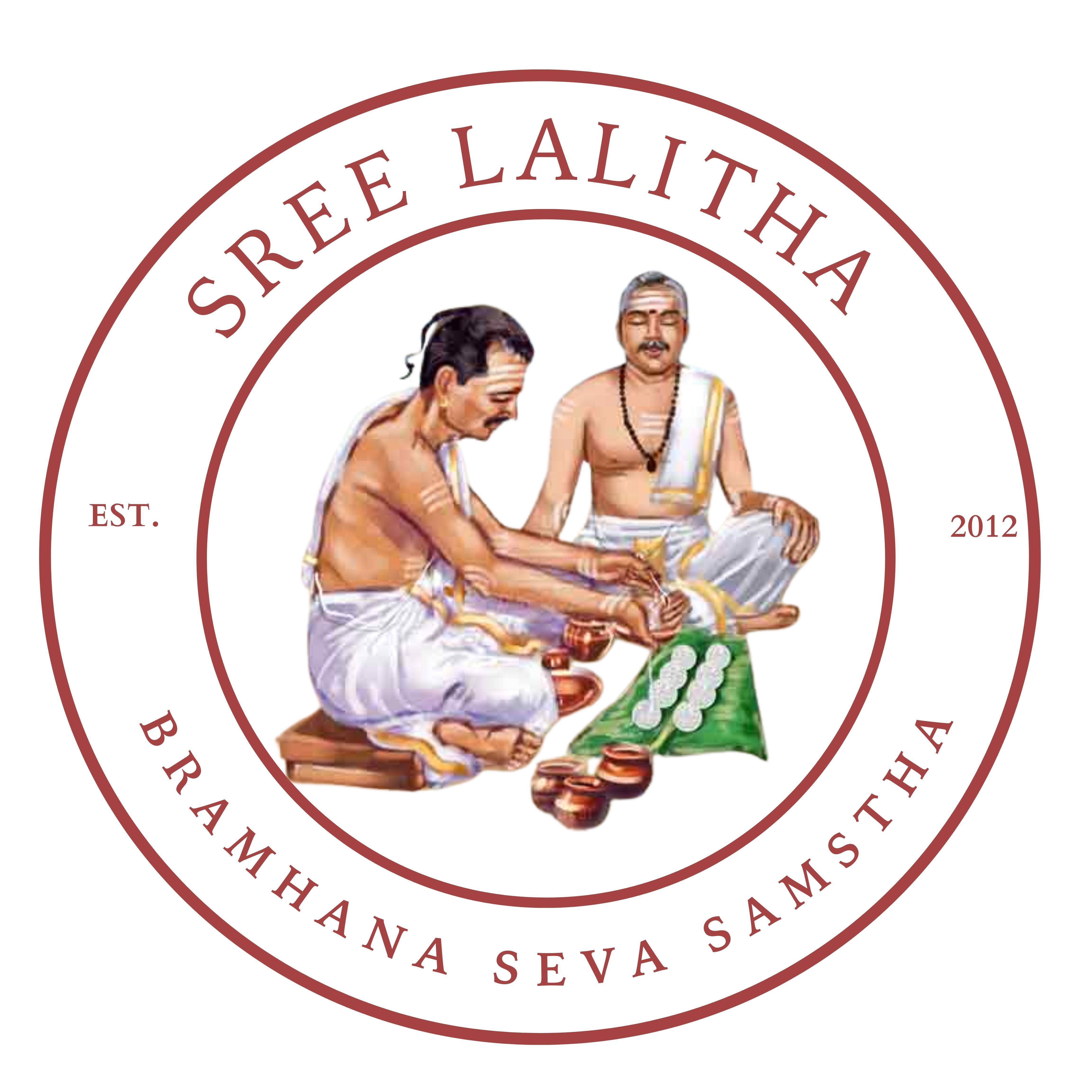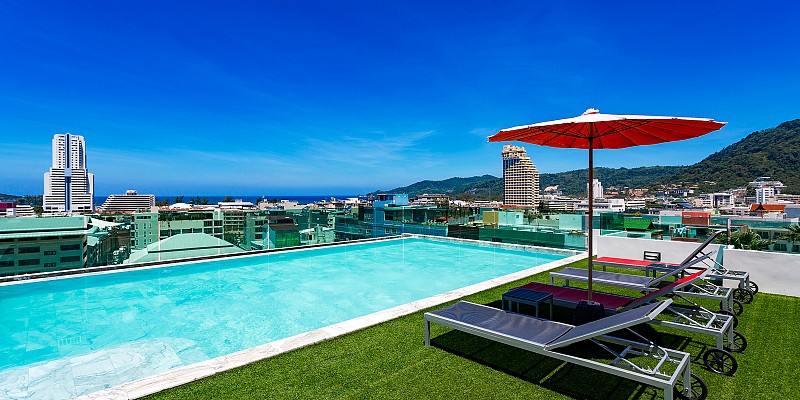chhatrapati sambhaji nagar market pune
Description
Chhatrapati Sambhaji Nagar Market Pune — The Heartbeat of Everyday Shopping
Introduction: Where Pune Shops, Eats, and Lives
Chhatrapati Sambhaji Nagar Market, located in Pune’s lively Deccan Gymkhana area, is a local institution — a mix of tradition, culture, and daily life. It’s where the aroma of fresh sweets blends with the chatter of street vendors and the hum of two-wheelers navigating narrow lanes.
Known for its convenience and variety, the market has become a one-stop destination for everything from groceries to leather goods, snacks, and festive essentials. For Punekars, it’s not merely a shopping spot but a familiar rhythm in their city routine.
The Setting: A Market Woven Into the City’s Fabric
Nestled near Fergusson College Road and J. M. Road, Chhatrapati Sambhaji Nagar Market forms part of Pune’s old yet evolving urban heart. Unlike malls or commercial complexes, this market retains its character — compact, bustling, and personal. Narrow lanes thread through stalls and old buildings, giving the market its layered charm.
This area bridges heritage and modern life. Students, families, and office-goers all converge here for quick errands and weekend browsing. The layout reflects Pune’s blend of function and tradition — old-school shops beside new digital-payment kiosks, creating a space that feels both nostalgic and efficient.
A Glimpse Into History: From Cantonment to Cultural Hub
The market’s roots trace back to the colonial period, when the nearby Pune Cantonment served British troops. Initially designed for orderly trade and food supplies, the market later became a hub of Indian enterprise and local commerce. The high-arched ceilings, broad corridors, and sturdy structures echo its historic architecture.
Its renaming after Chhatrapati Sambhaji Maharaj symbolises more than a title change — it represents cultural pride and identity reclaimed. The transformation from a colonial utility market to a proudly local landmark mirrors Pune’s broader journey of modern growth grounded in heritage.
What to Buy: Treasures in Every Lane
1. Leather Goods
The market’s leather shops are a legacy attraction. Wallets, belts, handbags, and travel pouches line the shelves of small but trusted stores. Shoppers often check the stitching, buckle strength, and lining — signs of Pune’s practical buying culture. Sellers are known to demonstrate durability on the spot, proving that quality remains central to every purchase.
2. Traditional Sweets and Snacks
Sweet shops dominate festival seasons here. Pedhas, barfis, laddoos, and chivda fill the air with a warm ghee aroma. Each shop has its speciality, often passed down through generations. Evening crowds grow dense as locals pick up boxes of treats for home or gifting. For travellers, double-boxing sweets ensures they arrive intact.
3. Fresh Fruits, Vegetables, and Flowers
Early mornings bring vibrant colours — guavas, bananas, custard apples, and fragrant marigold garlands. Flower stalls open at dawn, supplying pooja essentials and wedding decor. Shoppers often carry cloth bags to reduce plastic use and sort fresh produce on the spot.
4. Fashion, Accessories, and Jewellery
Street-side racks display kurtas, scarves, and imitation jewellery. Fashion here is affordable, everyday, and ever-changing. From Hong Kong Lane’s trendy accessories to cotton leggings and casual wear, the market caters to Pune’s student-heavy crowd. Checking seams and zippers before purchase is part of the unspoken local wisdom.
5. Puja Items and Home Goods
Small brass diyas, kumkum containers, and framed gods share shelf space with household tools and utensils. The blend of devotion and practicality makes this market a regular stop before festivals or family functions.
Food and Street Eats: A Bite of Pune’s Soul
A visit isn’t complete without sampling its flavours. Street stalls serve vada pav, samosas, sabudana khichadi, and spicy chaat — all quintessentially Puneri. Sweet shops tempt with warm jalebis, while bakeries nearby sell puffs and nankhatai biscuits. For a quiet break, cafés on Fergusson College Road provide coffee and sandwiches away from the bustle.
Local tip: Order small portions first. Vendors often let you taste before you buy, ensuring freshness and flavour.
The Experience: Rhythms and Routines
The market’s pace changes throughout the day. Mornings start calmly with local shoppers collecting daily groceries. By evening, the energy builds — lanes grow crowded, and conversations mix with the clatter of bags and laughter. Weekends are busiest, especially before festivals when decorations, sweets, and gift items fill every corner.
Visiting between 9:00 AM and 8:30 PM guarantees access to most shops, though many open early during festive weeks. For a quieter trip, weekday mornings are best; for colour and liveliness, go at dusk.
Getting There and Moving Around
The market’s accessibility is one of its biggest strengths.
- Auto-rickshaws and cabs: Widely available and familiar with the area.
- Public buses: PMPML routes stop near J. M. Road and Fergusson College Road.
- Private vehicles: Two-wheelers are ideal; car users may park slightly away and walk in.
Because the lanes are narrow, walking remains the best way to explore. A reusable bag and comfortable shoes are essentials.
Bargaining, Payments, and Shopping Etiquette
Bargaining here is an art, not a battle. Vendors expect polite negotiation on non-fixed items, such as clothes or accessories. A good approach: start 20–30% below the asking price, smile, and meet halfway. For sweets and produce, prices are usually fixed—focus on freshness rather than discounts.
While most shops accept UPI or digital wallets, carrying small cash is helpful for tiny stalls. Keeping wallets close and being mindful of crowds is standard urban sense. Always ask before photographing vendors or displays — some prefer privacy.
Sustainable Shopping Habits
The market naturally supports eco-conscious shopping. Most buyers bring cloth bags or small nets for fruits and vegetables. Vendors readily avoid plastic when requested. Many shoppers also choose durable brass or steel puja items over disposable alternatives. For leather goods, local sellers promote water-based polish and care guides that extend product life.
Waste bins are placed at intervals, and regular visitors encourage keeping the streets clean — an effort reflecting Pune’s growing civic pride.
Festivals and Seasonal Highlights
Chhatrapati Sambhaji Nagar Market transforms during festival weeks. Sweets, pooja essentials, and decorations flood every stall. The air hums with festive sounds and aromas.
- Monsoon: Discounts on older leather stock and hearty snacks.
- Diwali and Ganesh Chaturthi: Surge in mithai, flowers, and gift items.
- Winter: Fruit shopping and leisurely morning strolls under soft sunlight.
During such times, the market becomes more than a trading place — it turns into a communal celebration, where strangers smile and shop side by side.
Around the Market: Nearby Attractions
Once shopping is done, several nearby spots complete the outing:
- Chhatrapati Sambhaji Maharaj Garden on J. M. Road offers a peaceful green escape.
- Hong Kong Lane nearby tempts with accessories and mobile cases.
- Iconic bakeries like Kayani Bakery serve fresh cakes and biscuits for those exploring the Camp area.
These stops make it easy to turn a short shopping errand into a full day of exploration.
Practical Tips for Visitors
- Carry both digital and small cash payments.
- Compare prices between two shops before finalising.
- Avoid large backpacks in tight lanes.
- Keep smaller currency notes ready for quick stalls.
- Ask for GST bills on larger items like leather or apparel.
- Choose weekday mornings for fewer crowds and better service.
Accessibility and Safety
The market’s outer roads are broad and well-paved, while inner lanes narrow quickly. Wheelchair users can access larger shops and outer perimeters with staff assistance. Vendors are generally helpful, offering seating or support when needed.
Safety is rarely a concern, but common sense prevails — keep bags zipped and avoid distracted browsing in crowded areas. At night, stick to well-lit sections and exit before closing hours.
Local Culture and Language
The human warmth here defines the experience. Vendors greet customers with cheerful “Namaskar” or “Kiti?” meaning “How much?”. A few Marathi words like “Thoda kami hoil ka?” (Can it be a little less?) bring friendly smiles and often small discounts. The market tone is cooperative, not competitive.
This everyday exchange between shopkeepers and buyers builds long-term relationships. Many locals have “their” vendors, whose quality and trust keep them returning year after year.
Why This Market Matters
Chhatrapati Sambhaji Nagar Market isn’t about luxury; it’s about connection. It serves as a social hub where Pune’s diversity — students, professionals, retirees — intersects through commerce. It reflects the city’s balance between modern ease and old-world sincerity.
While malls may offer air conditioning and branded goods, this market offers something more valuable — personal interaction, history, and authenticity. Every lane tells a small story: a leather craftsman polishing his wares, a sweet-maker arranging boxes for Diwali, a student bargaining for a new belt before class.
Final Thoughts: The Market as a Pune Ritual
Shopping at Chhatrapati Sambhaji Nagar Market feels less like a task and more like participating in Pune’s rhythm. The smell of spices, the gleam of brass, and the calls of cheerful vendors blend into a sensory memory that stays long after you leave.
Whether you’re picking up a box of pedhas, a sturdy wallet, or simply walking through to enjoy the energy, the market embodies Pune’s timeless spirit — practical, warm, and quietly proud.
For residents, it’s a weekly habit. For newcomers, it’s an initiation into the heart of the city. And for travellers, it’s a reminder that the essence of Pune lies not in malls or monuments but in its everyday markets — alive, welcoming, and real.

